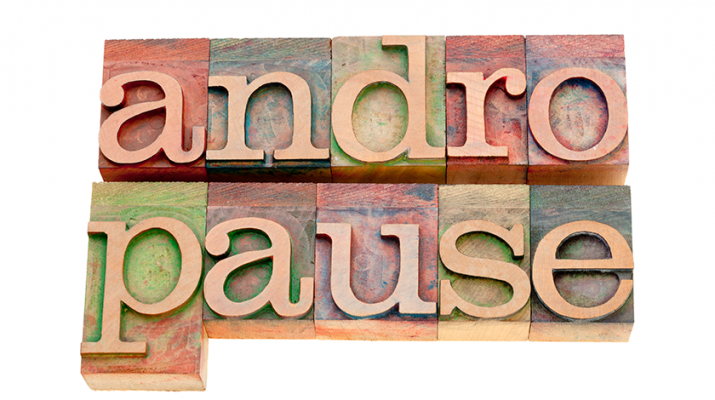By Deborah Jeanne Sergeant
Women aren’t the only ones to experience “the change” later in life. “Andropause” is often used to describe symptoms affecting mature men such as decreased libido, lowered vitality, weight gain, erectile dysfunction, decreased muscle mass and bone density, anemia, pre-diabetes, depression and increased irritability.
These symptoms correlate with older age because that’s when levels of testosterone begin to dip for many men.
About four out of 10 men over the age of 45 have low testosterone and that number increases as men get older, according to the Urology Care Foundation in Linthicum, Md.
Some of the symptoms of andropause can indicate other issues, so it’s important to seek a medical exam. A blood test can measure testosterone levels.
If a medical provider identifies low testosterone as the reason for the symptoms, the provider and patient discuss options and weigh the risks and benefits of various treatments, if that’s what the patient wants. If the symptoms are minor and can be addressed through non-medical means, that’s a good first step.
Fred Duncan, personal trainer and owner of Fred Duncan Performance Training in Williamsville, advises resistance training to improve strength and improve mood.
“Lifting weights has been shown to increase lifespan,” he added.
Terrence Whiteside, owner of Steel Mill Gym, Inc. in Buffalo, said that taking testosterone replacement therapy, paired with resistance exercise, can help men maintain their muscle and gain more muscle.
“As long as you keep it in normal limits, that’s a way to help you get through a plateau,” Whiteside said.
Elizabeth Ferry, urologist with VA Medical Center, Buffalo, said that men diagnosed with low testosterone usually respond well to replacement therapy.
For younger men who want to remain fertile, stimulating their bodies to generate their own testosterone may provide the answer. Typically used with patients of child rearing age who have secondary hypergonadism, oral medication can help their bodies produce more testosterone. Men with primary hypergonadism don’t make any testosterone, so replacement therapy provides the only prescription help.
Testosterone replacement therapy carries with it a few side effects.
Ferry said that “mixed evidence” correlates the therapy with increased risk for cardiovascular events and it can exacerbate existing prostate cancer, though it doesn’t cause prostate cancer.
“If someone isn’t having an adequate response, it should be stopped,” Ferry said. “There are other potential sources for these symptoms as well.”

